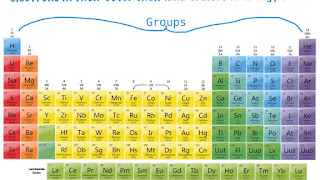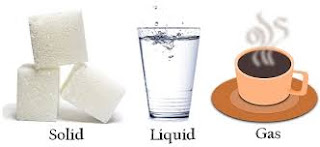Elements in group and period 2021/Best Element Chapter/Periods Table 2021/ CBSE 10th Science Board Exam 2021: Important MCQs from Chapter 5 Periodic Classification of Elements/what is a group on the periodic table/periodic table groups 1-8/periodic table with names/periodic table group names 1-18/periodic table groups and periods/group of elements/118 elements and their symbols/atomic number of elements from 1 to 30/atomic number list/periodic table of elements with names and symbols

Elements in groups and periods There are just about 120 known components. For instance, you are comprised of billions of billions of particles yet you . Elements CHEMICAL ELEMENTS ARE those substances that cannot be split up into other substances. For example, gold cannot be split but water can be split into the elements hydrogen and oxygen. Each element is made up of atoms with fixed number of protons in their nucleus. Atoms of gold have 79 protons in their nucleus while atoms of hydrogen have 1.- Elements in groups and periods Number of elements There are about 85 naturally occurring elements. But scientists have discovered about 25 more, making the total number of identified Elements in groups and periods is , 112. Periodic table Periodic table is a chat devised by John Dalton (1766-1844) on which all the elements can be arranged according to the number of protons in the nucleus. The columns in the table are called Groups, and the rows are called Periods. Each per...





